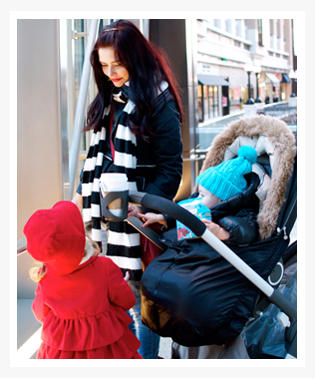* A three-hour ballet performance is roughly equivalent to two 90-minute soccer games back to back or running 18 miles.
* 31% of ballet dancers have had, or will have, a stress fracture.
* Did you know that dancers have better than average peripheral vision? Head angles are widely used in dance, so dancers have to use their eyes if they want to look to the side, without turning their heads.
* Most ballerinas wear out 2-3 pairs of pointe shoes a week.
* Dancers are known to be disciplined, focused, and high achievers who tend to be successful students and hard workers.
* A male dancer lifts over 1 ½ tons of ballerinas during a performance.
* The average dancer does 200 one leg landing jumps per class – These jumps can produce a force equivalent to 12 times the dancers body weight.
* 90% of ballet dancers have clicking hips.
* One tutu requires 60-90 hours of labor, over 100 yards of ruffle and can cost up to $2000.00.
And a little fun history:
Ballet is a formalized kind of performance dance, which originated in the Italian Renaissance courts of the 15th century, and which was further developed in France, England, and Russia as a concert dance
form. In fact, the Italian princess Catherine de Medici married the
FrenchKing Henry II and introduced ballet de cour, or "court ballet" to
the Court of France in the sixteenth century. From these early
productions featuring masked and costumed couriers, dancing at court
developed into lavish spectacles and extravaganzas, from which a
codified vocabulary of steps eventually emerged--the same steps and same
basic positions that you do every day in class. In the 1600's, King
Louis XIV especially loved dancing and starring in court productions. He
was one of ballet's greatest patrons and founded the Academie Royale de
Danse, which would later become the Paris Opera Ballet.
It
was however, a man's game. The ballerina as we know her had not yet
come into existence. Women really couldn't participate in the way men
could, in large part because of their clothes. Men got to wear tights,
which gave them more freedom of movement--they were able to jump and
beat their feet. Women had to wear heavy wigs and enormous headdresses,
full, heavy skirts and shoes with heels, and tight corsets that
restricted breathing, not to mention bending. The men got to do all of
the good steps. To make matters worse, as ballet dancing moved out of
the ballrooms of royal palaces and onto the proscenium stage, women had
to overcome society's disapproval of female performers.
* Fun Fact: Only men danced in the ballets for the first one hundred years!
Aren't these facts interesting?!
I'M CURIOUS - WHAT DO YOU THINK?
































No comments:
Post a Comment